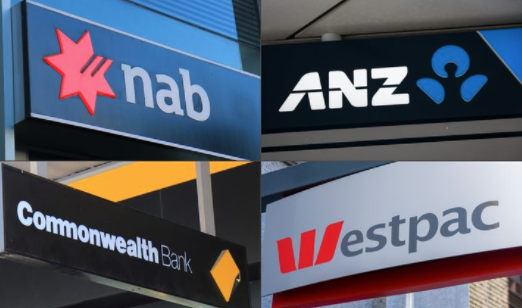Mumbrella Finance Marketing Week – Banks may have rallied during COVID but the marketing battle has only just begun
For an industry that’s no stranger to scandal, it’s hard to pinpoint when banking hit rock bottom, writes Mumbrella’s regular freelance writer and former team member, Steve Jones.
Where to start? The Global Financial Crisis of 2007/08, to the shameful findings of the Royal Commission, not to mention the flouting of money-laundering laws linked to child exploitation.
When did banking hit rock bottom? Take your pick. Banking, and bankers, have faced a barrage of rightful condemnation for years.


